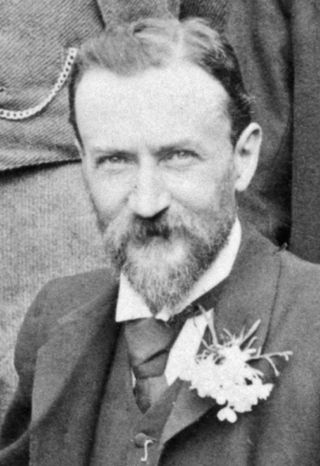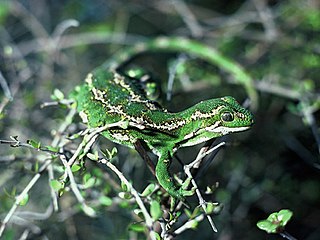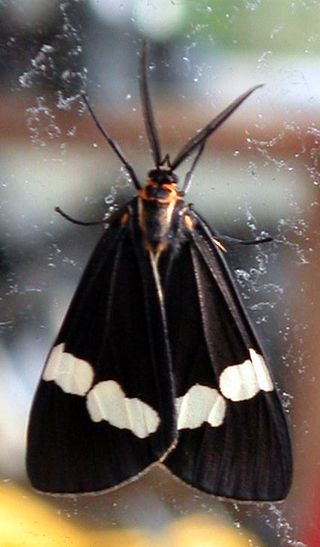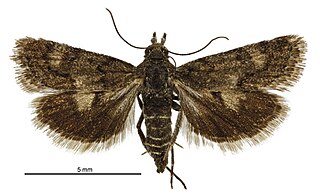
Vincent Ward is a New Zealand film director, screenwriter and artist. His films have received international recognition at both the Academy Awards and the Cannes Film Festival.

Entomology is the scientific study of insects, a branch of zoology. In the past the term insect was less specific, and historically the definition of entomology would also include the study of animals in other arthropod groups, such as arachnids, myriapods, and crustaceans. This wider meaning may still be encountered in informal use.

Canterbury is a region of New Zealand, located in the central-eastern South Island. The region covers an area of 44,503.88 square kilometres (17,183.04 sq mi), making it the largest region in the country by area. It is home to a population of 666,300.

Banks Peninsula is a peninsula of volcanic origin on the east coast of the South Island of New Zealand. It has an area of approximately 1,150 square kilometres (440 sq mi) and encompasses two large harbours and many smaller bays and coves. The South Island's largest city, Christchurch, is immediately north of the peninsula.

Arthur Gardiner Butler F.L.S., F.Z.S. was an English entomologist, arachnologist and ornithologist. He worked at the British Museum on the taxonomy of birds, insects, and spiders.
The 1905 International Lawn Tennis Challenge was the fifth edition of what is now known as the Davis Cup. As defending champions, the British Isles team played host to the competition. The World Group ties were played at Queen's Club in London, England from 13–19 July, and the final was played on 21–24 July. Britain retained the Cup for their third championship.

The jewelled gecko is a threatened species of lizard in the family Diplodactylidae. The species is endemic to the South Island of New Zealand.
In 1959, the British Lions rugby union team toured Australia and New Zealand. The Lions won the two test matches against Australia but lost the international series against the All Blacks by three matches to one. They also played two matches in Canada, on the return leg of the journey.
James Townsend was an English wine merchant, who in later life was a pioneer settler in New Zealand's South Island. He was also an amateur cricketer.

Nyctemera annulata, the magpie moth, is a moth of the family Erebidae. The species was first described by Jean Baptiste Boisduval in 1832. It is endemic to New Zealand and found in all parts of the country.

The Canterbury-Otago tussock grasslands is an ecoregion of the South Island, New Zealand, part of the wider tussock grasslands of New Zealand.

Leucostomatini is a tribe of flies in the family Tachinidae, found worldwide.
The 1936 New Zealand rugby league season was the 29th season of rugby league that had been played in New Zealand.

Clitarchus hookeri, is a stick insect of the family Phasmatidae, endemic to New Zealand. It is possibly New Zealand's most common stick insect. Clitarchus hookeri is often green in appearance, but can also be brown or red. Alongside the prickly stick insect and the Unarmed stick insect, C. hookeri is one of three stick insect species to have become naturalised in Great Britain, with all three having originated in New Zealand.

Ozothamnus leptophyllus, commonly known as tauhinu or cottonwood, is an endemic shrub of New Zealand. Tauhinu is fast-growing, reaching 2 metres in height and is a common plant of coastal farmland. This species is host to the larvae of the New Zealand endemic moth Homoeosoma anaspila.

Epichorista aspistana is a species of moth of the family Tortricidae. It is endemic to New Zealand and has been collected in Canterbury and Otago. This species inhabits moist grassy areas at altitudes ranging from sea level to 1650m. Larvae feed on species within the genus Acaena. Adults are on the wing in November to February.

Heliothela atra is a moth of the family Crambidae. It was described by Arthur Gardiner Butler in 1877. This species is endemic in New Zealand and has been observed in both the North and South Islands. The preferred habitat of this species is dry tussock grasslands and short-sward sites. Adults of this species are on the wing from December until March and are day flying moths known for their rapid flight. This species is said to be associated with Melicytus alpinus.
Michael Philip Hartshorn was a British-born New Zealand organic chemist. He was awarded the Hector Memorial Medal by the Royal Society of New Zealand in 1973.

Sir Joseph George Davidson Ward, 3rd Baronet was a New Zealand fencer and fencing administrator who represented his country at the 1950 British Empire Games. He was active in public life in Christchurch from the 1930s until his death, and served as the honorary consul for Belgium in that city for 30 years.

Desmond W. Helmore is a New Zealand artist and illustrator, known both for his fine art and for his scientific work depicting insects, not least illustrating the New Zealand Arthropod Collection. One of the country's most noted and prolific biological illustrators, over 1000 of his illustrations of insects were published in research papers from 1976 to 2006.















